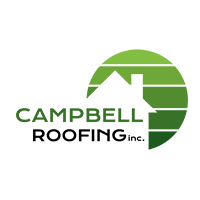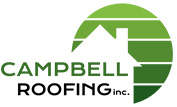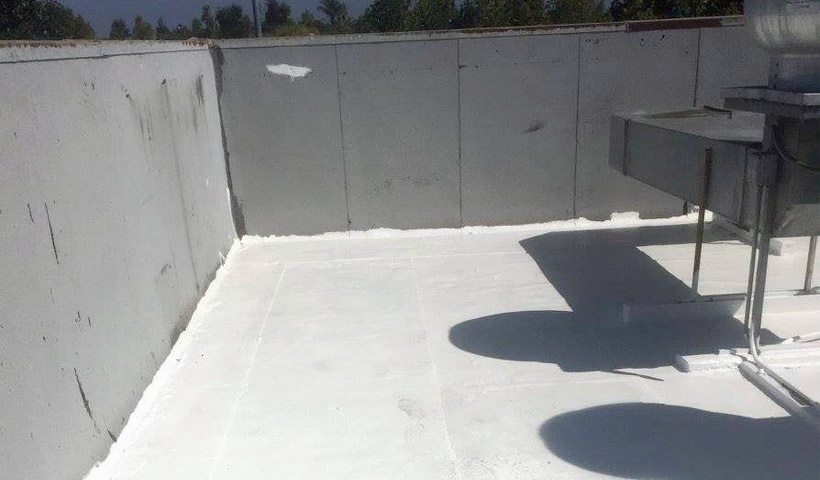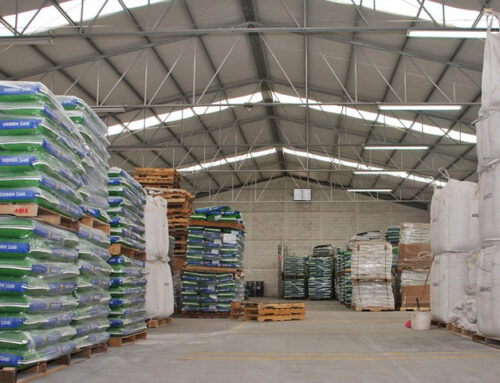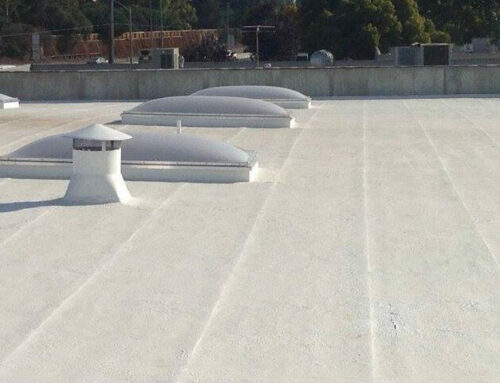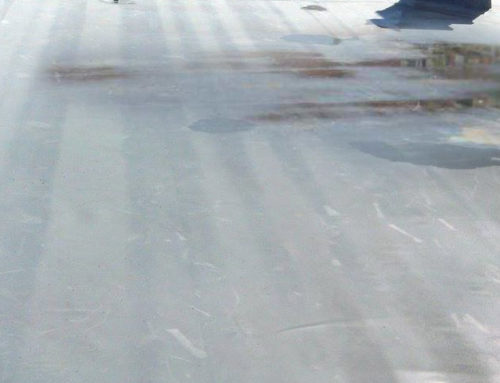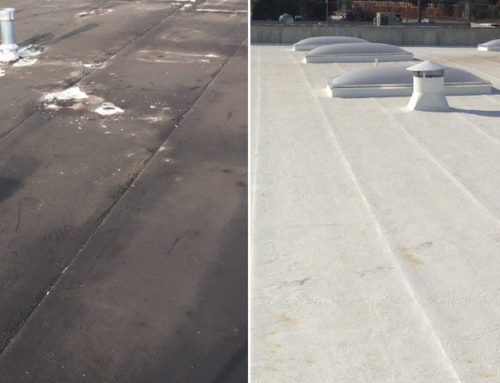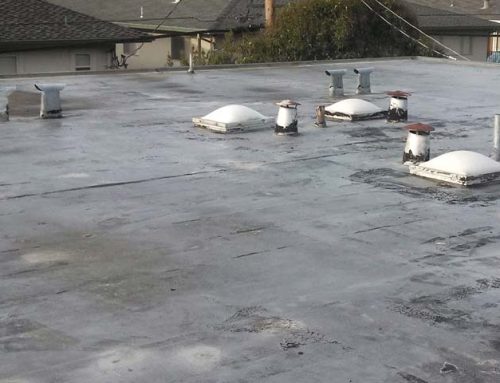If you suspect a leak on your roof, you can call in professionals to confirm it. They can use thermal imaging and other techniques to find even leaks hidden in multiple roof layers. But that doesn’t help you know when to call the professionals in. How can you spot a leak on your commercial property? What signs indicate a leak, and which are signs of other problems? Here are a few things to consider when you go looking for leaks.
1. Pooling Water
The first big misconception that you might have is that pooling water necessarily means there is a leak. While pooling water makes leaks more likely, as it strains the roof, erodes membranes, and does other damage, it is actually a sign of drainage problems and compression. Sometimes stepping in early to get drainage problems fixed will allow this water to clear before it can create leaks.
If all of the rainwater does not clear from your roof in 24-48 hours, it is considered ponding, the industry term for pooling water. This needs professional attention to be resolved. It may be that your drains are clogged, were poorly designed, or that the roof has sunken in spots, especially around the drain.
2. Damage and Smells in the Building
Unfortunately, one of the most reliable ways to spot a roof leak is to see the damage on the inside of the building. Water droplets, watermarks, swollen wood, mold, and unusual smells may all be the result of a roof leak. On large commercial buildings, water that leaks through the roof may travel quite a ways before meeting the ceiling on the other side. So, don’t assume that the leak is directly above the water damage. Instead, your roofers will look for signs of a leak on the top of the building.
3. Discoloration
Your roof is likely black, white, or covered in gravel. On any of these roofs, spots of unusual discoloration in yellow, red, grey or other colors may indicate a leak. They demonstrate that there has been sitting water, water penetration, sun damage, or other damage to the area. These areas have been weakened and are more likely to have developed a leak.
4. Corroded or Damaged Flashing
Another common spot for roof leaks is along flashing. Flashing are the thing metal strips that sit around roof penetrations, which include things like skylights and plumbing vents. When looking for a leak, roofers will walk along and inspect the flashing. Any corrosion or damage to the flashing that bends it out of shape could be the source of a leak.
5. Drains
Drains are also a common source of leaks. If they get clogged, they may get ponding. Then the weight of the extra water compresses the insulation, which creates a dip in the roof. This dip then retains water which causes further damage. This is one of the reasons it is so important to correct drain issues and ensure that your commercial flat roof has proper drainage.
